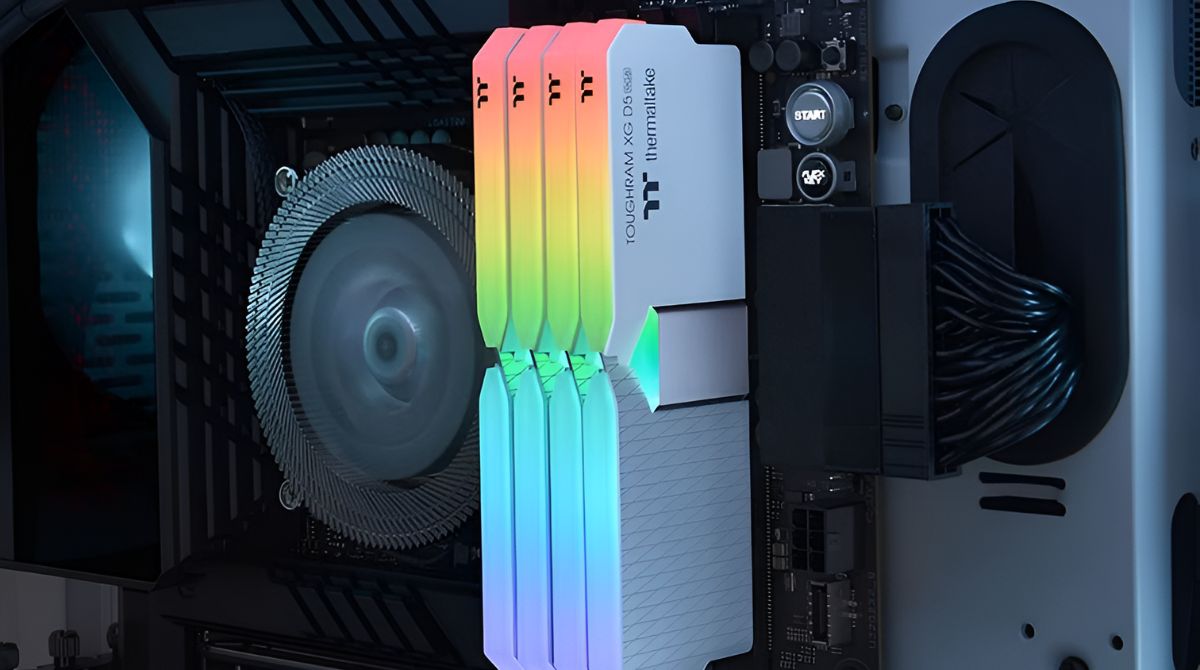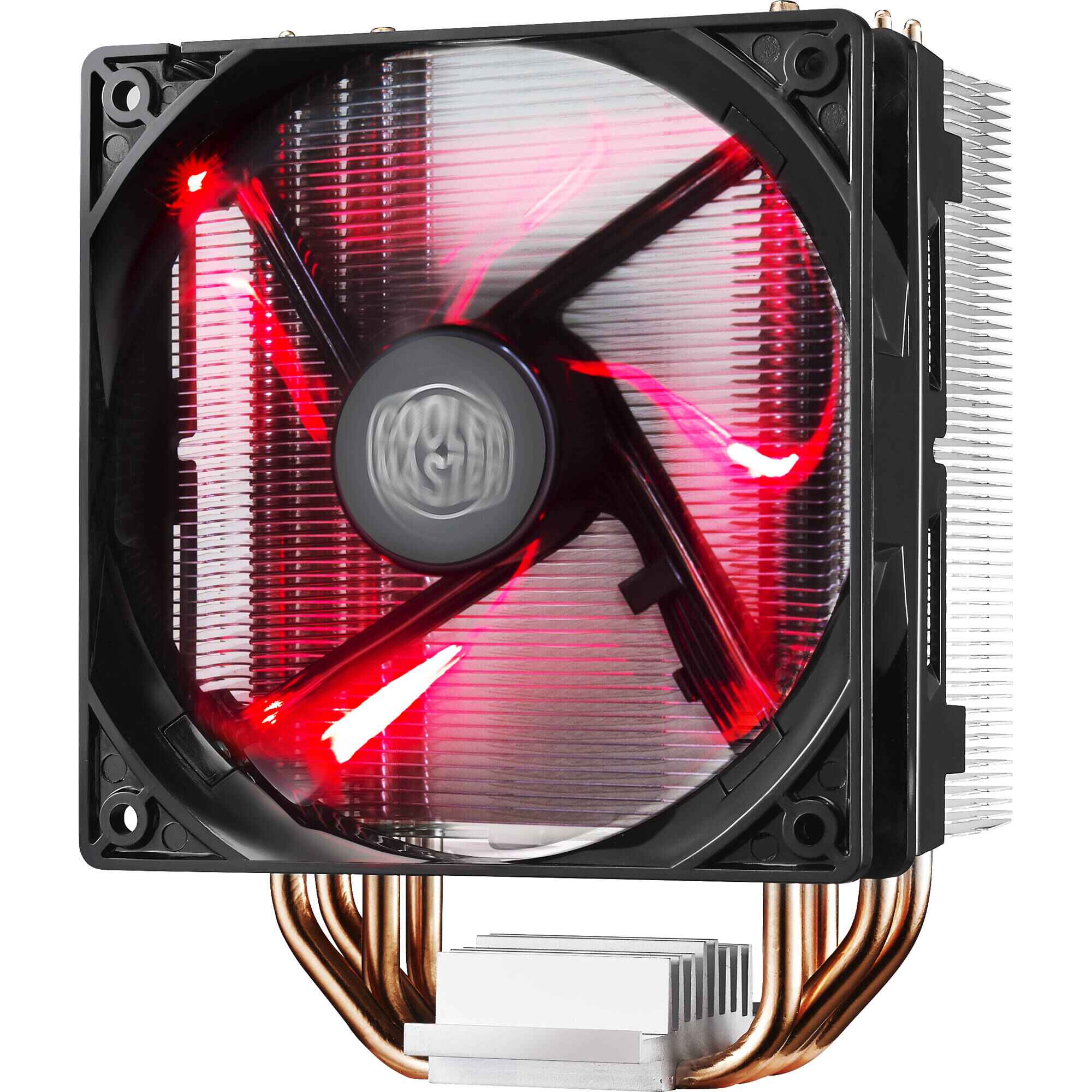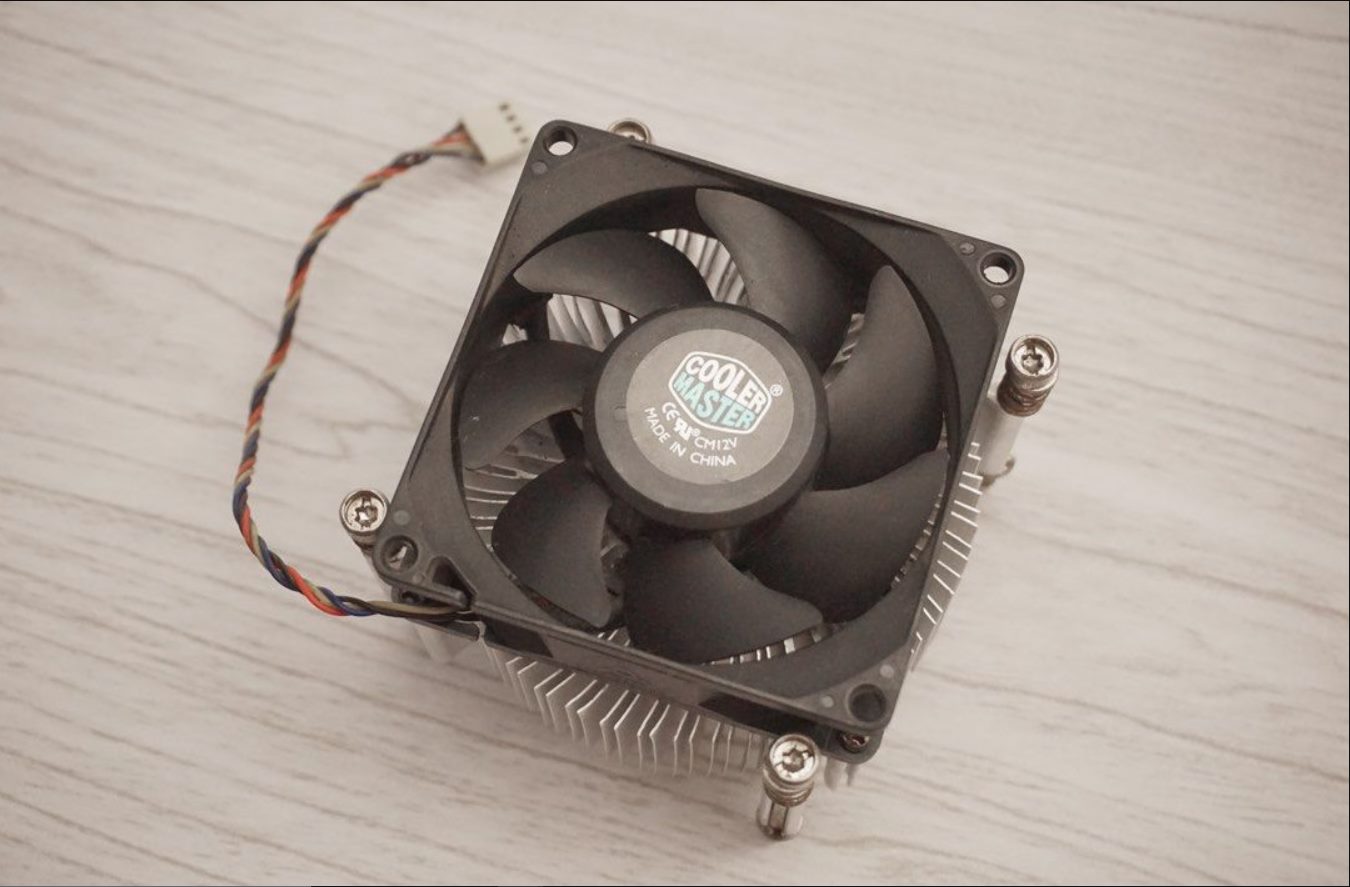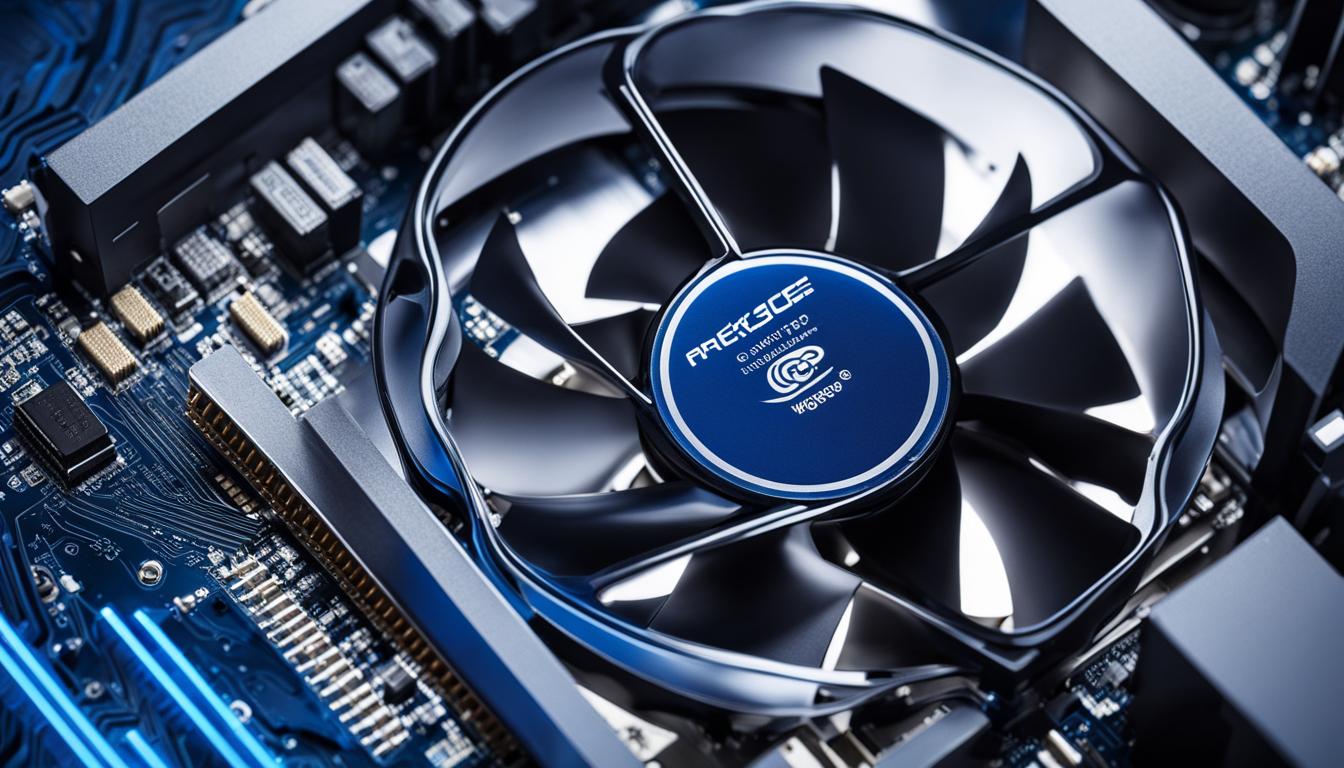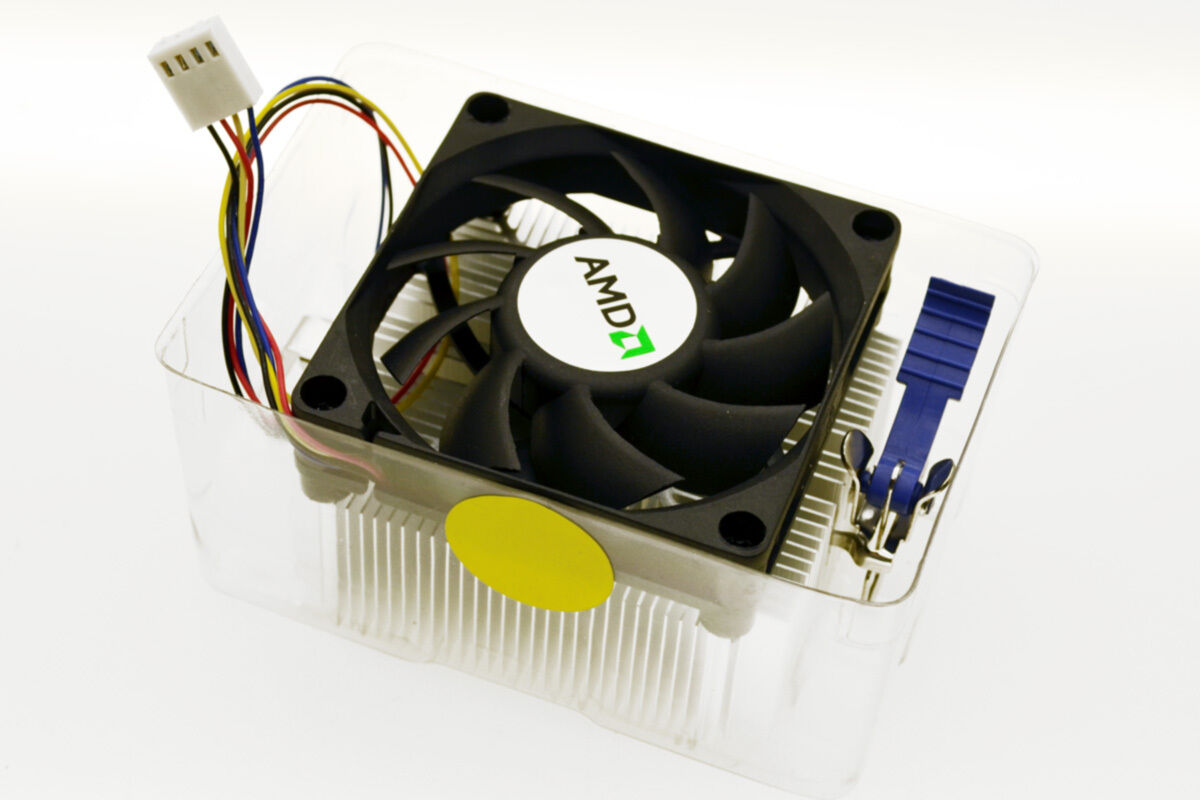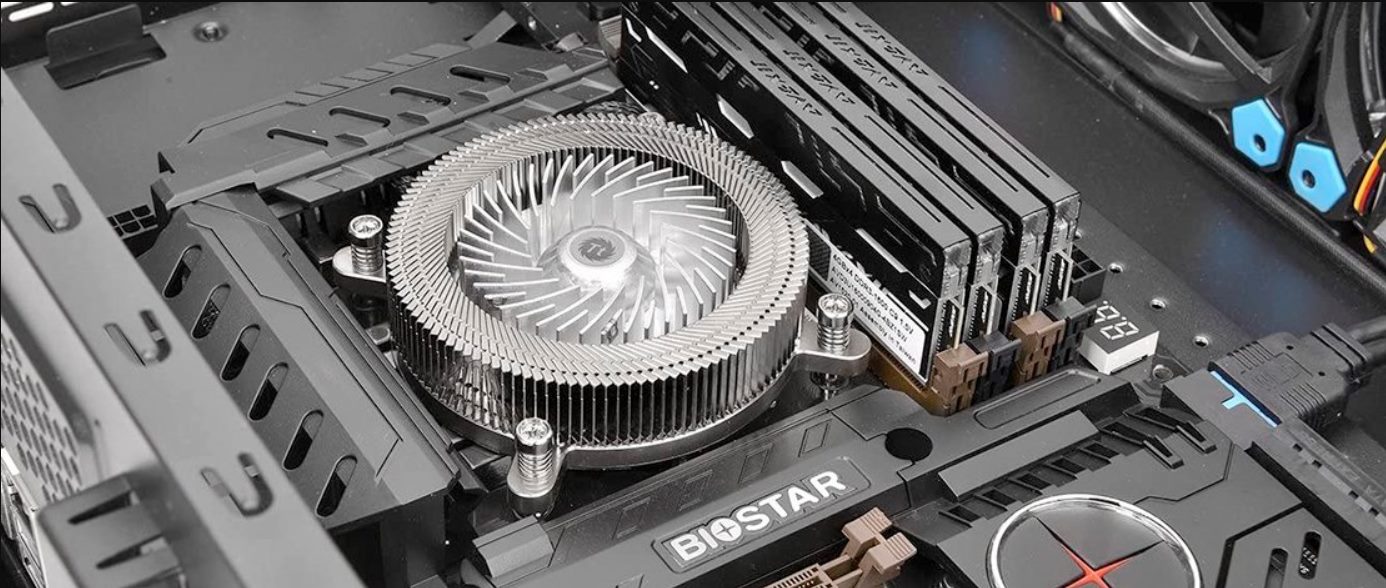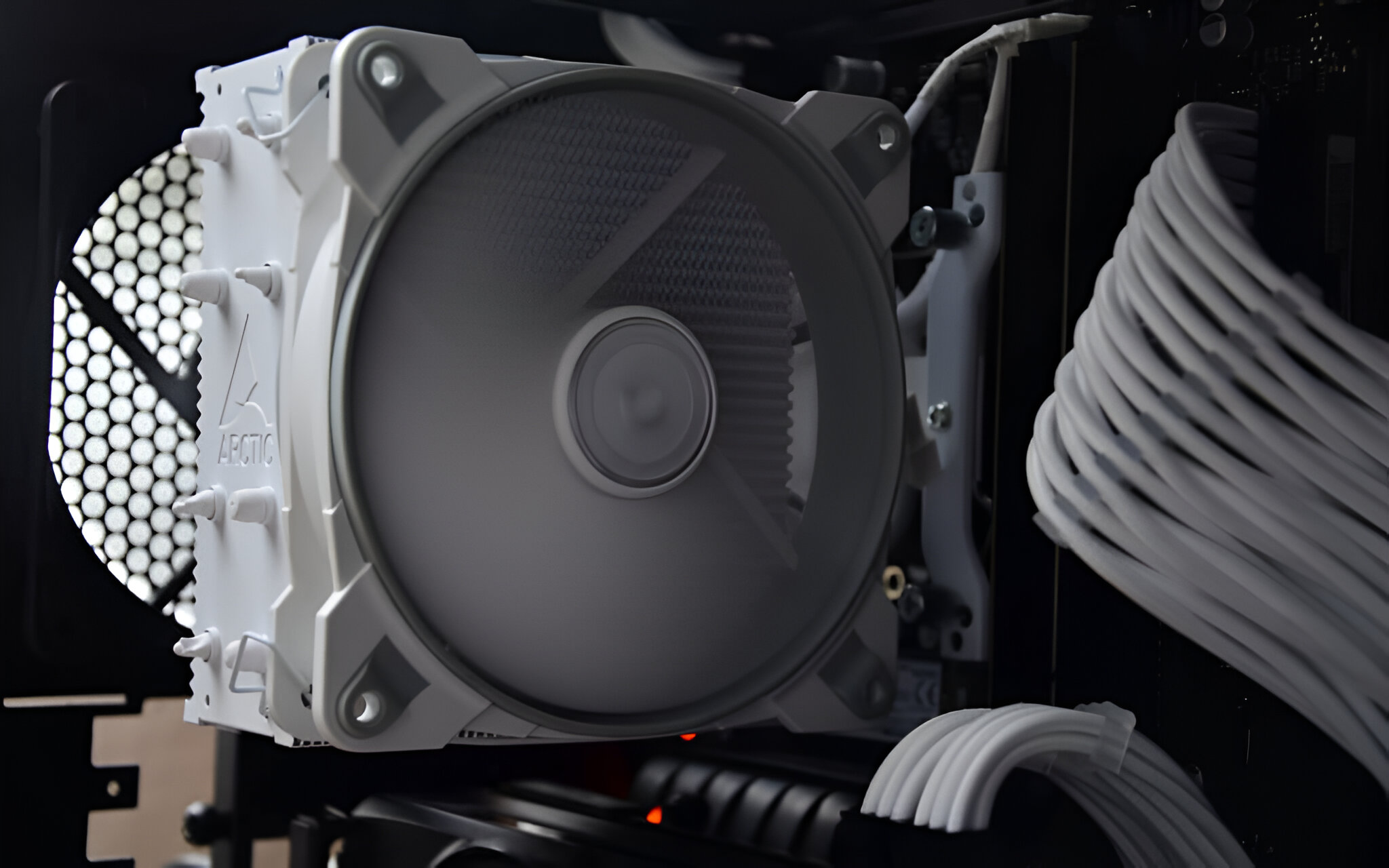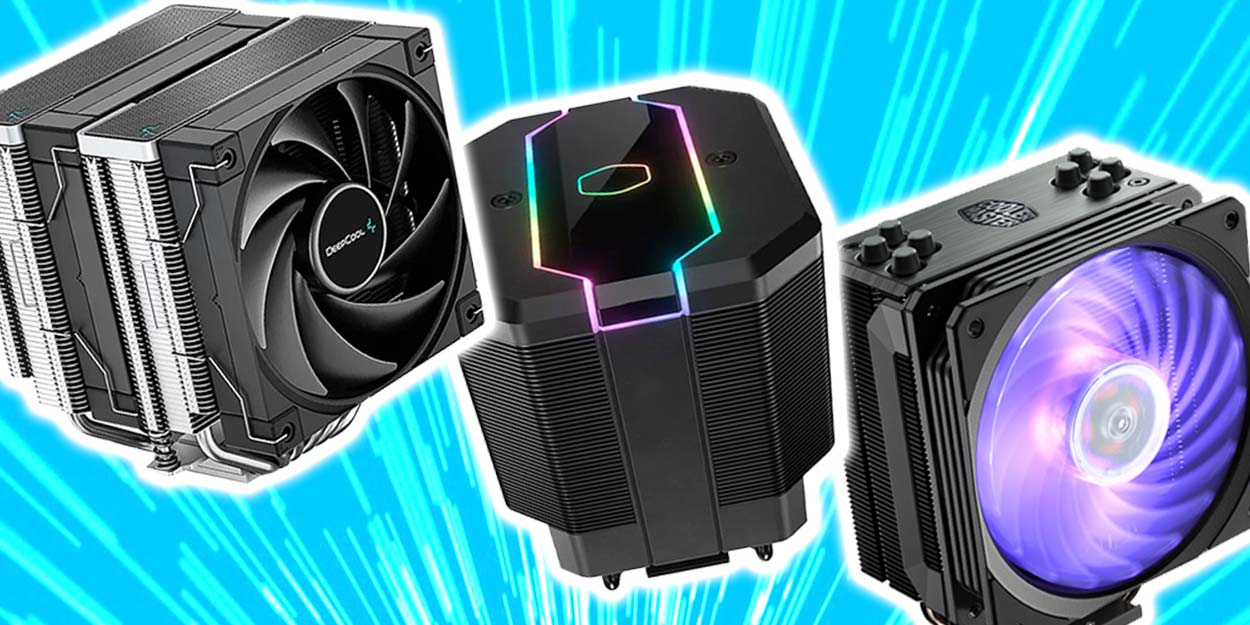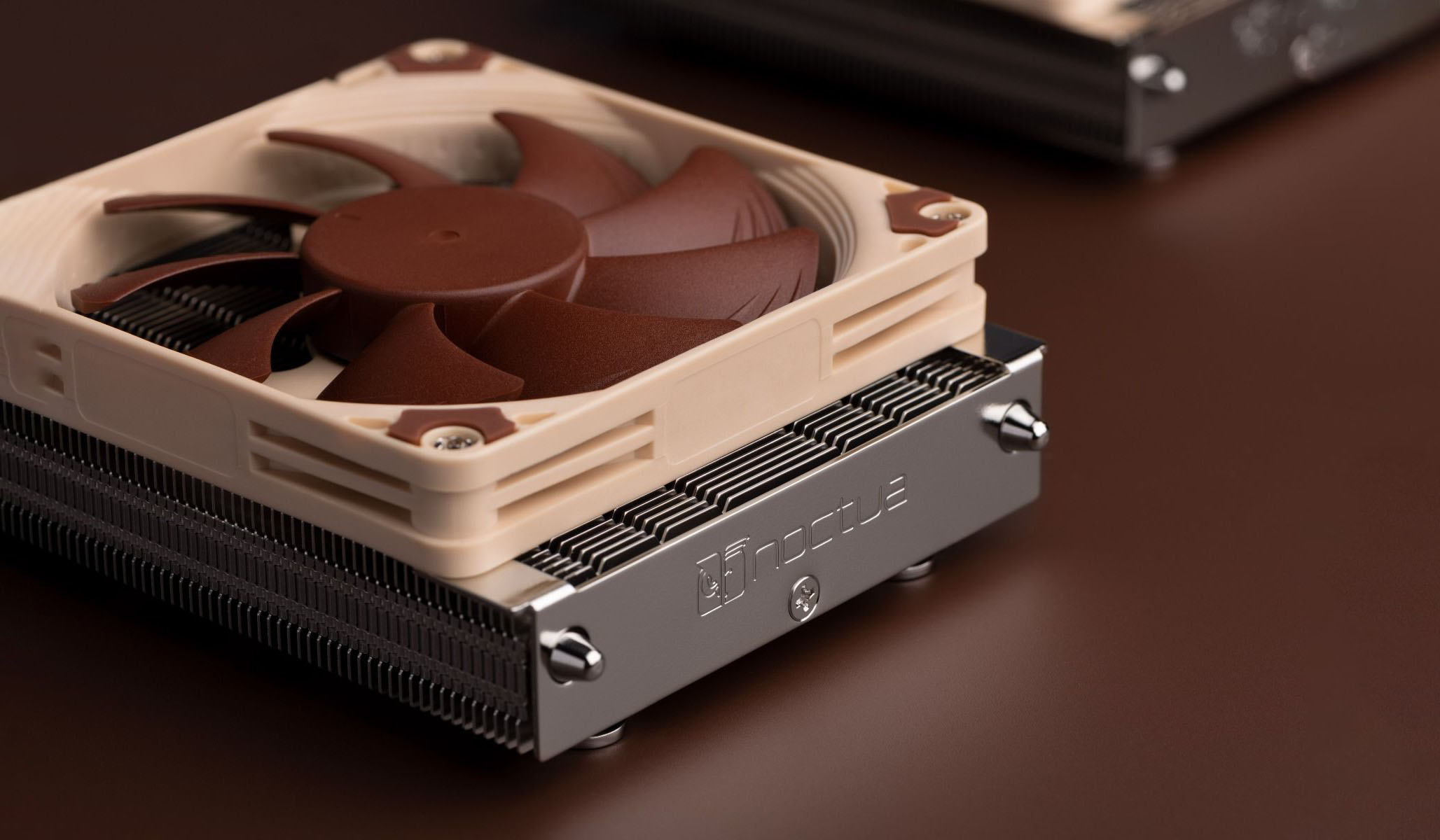Introduction
When building a computer or upgrading its components, one crucial aspect to consider is the compatibility between the CPU cooler and RAM. The CPU cooler, responsible for keeping the processor cool, comes in various sizes and designs, and some of them can interfere with the RAM slots on the motherboard. If the CPU cooler is too large or positioned too close to the RAM modules, it may prevent installation or cause clearance issues.
Ensuring that the CPU cooler will cover the RAM is important because using incompatible components can result in limited or restricted access to RAM slots, which may prevent the system from utilizing the full potential of the memory. In some cases, incompatible CPU coolers can even cause damage to the RAM modules or the cooler itself.
Therefore, it is essential to know how to determine if a CPU cooler will cover the RAM before making a purchase. This article will guide you through the factors to consider and methods to verify compatibility, allowing you to make an informed decision and avoid any hinderances or complications in your PC build or upgrade.
Continue reading to learn about RAM height and clearance, CPU cooler height, motherboard layout and RAM slots, compatibility check tools, checking the CPU cooler manufacturer’s website, and user reviews and feedback.
RAM Height and Clearance
RAM modules come in various heights, commonly known as module height or module profile. The two most common module heights are standard (30mm) and tall (40mm). It’s important to be aware of the height of your RAM modules, as this will determine the required clearance for the CPU cooler.
Before purchasing a CPU cooler, check the dimensions of your RAM modules, particularly their height. This information can usually be found on the manufacturer’s website or in the product specifications. Once you know the height of your RAM modules, you can compare it against the clearance provided by the CPU cooler.
When considering RAM height and clearance, there are a few key factors to keep in mind:
- CPU Cooler Fan Height: The height of the CPU cooler fan can affect the RAM clearance. If the fan is positioned too close to the RAM slots, it may interfere with the modules. Make sure to check the specifications of the CPU cooler to ensure that it provides sufficient clearance for your RAM modules.
- Heatspreaders: Some RAM modules come with heatspreaders, which are designed to dissipate heat and improve performance. These heatspreaders can add additional height to the RAM modules. Take this into consideration when determining the required clearance for the CPU cooler.
- Low-Profile RAM: If clearance is a concern, you can opt for low-profile RAM modules. These modules have a reduced height and are designed to fit in compact systems or systems with limited clearance. Low-profile RAM modules offer compatibility with a wider range of CPU coolers.
By considering the height of your RAM modules and the clearance required by the CPU cooler, you can ensure compatibility and avoid any issues during installation.
CPU Cooler Height
The height of the CPU cooler is a critical factor when determining its compatibility with the RAM modules. CPU coolers come in various sizes, typically categorized as low-profile, mid-tower, and high-performance coolers. Each category has its own height specifications that you need to consider.
When choosing a CPU cooler, it’s essential to check its height and compare it to the available clearance within your computer case. Measure the distance between the CPU socket and the side panel of the case to ensure that the cooler can fit comfortably without interfering with the RAM slots.
It’s worth noting that taller CPU coolers generally offer better cooling performance due to their larger surface area and larger fans. However, they can also take up more space and potentially interfere with RAM modules. On the other hand, low-profile coolers are designed to have a reduced height, allowing them to fit easily in compact cases and providing compatibility with most RAM modules.
When considering CPU cooler height, keep the following factors in mind:
- CPU Cooler Height Limitations: Check your computer case’s specifications or manual for the maximum CPU cooler height it can accommodate. This limit will help you determine the appropriate size for your CPU cooler.
- Compatibility: Some CPU cooler manufacturers provide compatibility lists or recommendations for specific motherboards or RAM modules. Refer to these lists to find CPU coolers that offer plenty of clearance for your RAM modules.
- Overclocking and Performance Needs: If you plan to overclock your CPU or require high-performance cooling, you may need a taller CPU cooler. Ensure that it provides enough clearance for your RAM modules without obstructing their installation or impeding airflow.
By taking the CPU cooler height into consideration, you can select a cooler that not only provides efficient cooling but also maintains compatibility with your RAM modules.
Motherboard Layout and RAM Slots
The motherboard layout and RAM slot placement play a crucial role in determining the compatibility between the CPU cooler and RAM modules. Different motherboard models have varying configurations for their RAM slots, which can impact the clearance around them.
Before purchasing a CPU cooler, familiarize yourself with the layout of your motherboard and the location of the RAM slots. Pay attention to the distance between the CPU socket and the first RAM slot, as well as the spacing between the RAM slots themselves. This information can usually be found in the motherboard’s manual or on the manufacturer’s website.
When considering motherboard layout and RAM slots, here are a few factors to consider:
- RAM Slot Orientation: Some motherboards have RAM slots in a vertical or angled orientation, rather than the traditional horizontal orientation. This unique layout can impact the clearance around the RAM modules and affect the choice of CPU cooler.
- Dual-Channel Configuration: Most motherboards support dual-channel memory configuration, placing the RAM modules in pairs. Ensure that the CPU cooler does not obstruct the adjacent RAM slots, preventing you from utilizing dual-channel memory.
- Motherboard Form Factor: The form factor of the motherboard, such as ATX, Micro-ATX, or Mini-ITX, can also influence the available space and clearance around the RAM slots. Ensure that the CPU cooler is compatible with the specific form factor of your motherboard.
By understanding the layout of your motherboard and the positioning of the RAM slots, you can select a CPU cooler that fits comfortably and does not interfere with the installation or functionality of the RAM modules.
Compatibility Check Tools
When determining if a CPU cooler will cover the RAM, you can utilize compatibility check tools that are specifically designed to help you assess compatibility between different hardware components.
One popular tool is PCPartPicker, an online platform that allows you to select various computer components and check their compatibility. PCPartPicker has a comprehensive database of CPUs, CPU coolers, motherboards, and RAM modules, which can help you find compatible options and avoid any compatibility issues.
Using PCPartPicker, you can select your desired CPU and motherboard, and then browse through CPU coolers that are marked as compatible with the selected components. This way, you can ensure that the CPU cooler has ample clearance for the RAM modules and will fit within your desired build configuration.
Another helpful tool is the manufacturer’s website of the CPU cooler you are interested in. Most reputable CPU cooler manufacturers provide detailed specifications, including information about the cooler’s height, clearance, and compatibility with different RAM modules and motherboards. This information can help you determine if the CPU cooler is compatible with your specific RAM modules.
It’s essential to use multiple compatibility check tools to cross-reference and verify the information. By doing so, you can ensure a higher level of accuracy and make an informed decision regarding the compatibility of the CPU cooler and RAM modules for your build or upgrade.
Check CPU Cooler Manufacturer’s Website
One reliable source of information for determining the compatibility between a CPU cooler and RAM modules is the official website of the CPU cooler manufacturer. Most reputable manufacturers provide detailed specifications and compatibility information for their products, including information about clearance and compatibility with different RAM modules and motherboards.
When considering a specific CPU cooler, visit the manufacturer’s website and locate the product page or support section for that particular cooler. Look for detailed specifications, including cooler height, fan dimensions, and compatibility information. Pay close attention to any mentions of compatibility with specific RAM modules or motherboards.
The manufacturer’s website may also provide compatibility lists or recommendations, showcasing RAM modules and motherboards that have been tested and verified to work well with their CPU coolers. This information can be invaluable in determining if the CPU cooler will cover the RAM adequately or if there are any known compatibility issues to be aware of.
Additionally, the manufacturer’s website may provide user manuals or installation guides that include instructions or illustrations for proper installation and clearance measurements. These resources can be helpful in confirming the compatibility of the CPU cooler with your RAM modules and ensuring a smooth installation process.
Remember to cross-reference the information found on the manufacturer’s website with other compatibility check tools and resources to ensure accuracy and to account for any possible variations in configurations between different manufacturers.
By checking the CPU cooler manufacturer’s website, you can access valuable information about the cooler’s compatibility with RAM modules and make an informed decision based on the specifications and recommendations provided by the manufacturer.
User Reviews and Feedback
While specifications and information from manufacturers are helpful, it’s also essential to consider user reviews and feedback when determining if a CPU cooler will cover the RAM effectively. User reviews provide real-world experiences and insights from individuals who have used the CPU cooler in their own systems.
When researching a CPU cooler, take the time to read through user reviews on reputable websites, forums, and online communities dedicated to PC hardware. Pay attention to specific mentions of RAM clearance, compatibility, and any issues or challenges users may have encountered.
User reviews can offer valuable information such as:
- RAM Compatibility: Users may mention specific RAM modules that they have successfully used with the CPU cooler or any modules that presented clearance issues. Look for reviews from users who have a similar setup or have faced similar challenges.
- Installation Experiences: Users may provide insights into the installation process and whether they encountered any difficulties with RAM module installation or clearance due to the CPU cooler.
- Performance and Temperatures: Check if users have observed any impact on RAM module temperatures or overall system performance with the CPU cooler installed. This can help determine if the cooler provides sufficient airflow for the RAM modules.
- Compatibility Issues: Look for any recurring reports of compatibility issues, such as RAM modules being partially obstructed or difficult to install due to the CPU cooler’s position.
While user reviews can be subjective, they give you a broader perspective on the real-world usage and potential challenges associated with a particular CPU cooler. Consider both positive and negative reviews to gather a more comprehensive understanding of the compatibility and performance of the CPU cooler with RAM modules.
By researching user reviews and feedback, you can gain insights into the experiences of others and make a more informed decision regarding the suitability of a CPU cooler for your specific RAM requirements.
Conclusion
Ensuring compatibility between the CPU cooler and RAM modules is crucial for a successful computer build or upgrade. By considering factors such as RAM height and clearance, CPU cooler height, motherboard layout and RAM slots, and utilizing compatibility check tools, checking the CPU cooler manufacturer’s website, and researching user reviews and feedback, you can confidently select a CPU cooler that will adequately cover your RAM.
Remember to measure the height of your RAM modules and compare it to the clearance provided by the CPU cooler you plan to purchase. Take into account the height limitations of your computer case, the orientation of the RAM slots on your motherboard, and any potential interference with adjacent slots or components.
Utilizing compatibility check tools such as PCPartPicker can help find compatible CPU coolers based on your specific system components. Additionally, checking the manufacturer’s website for detailed specifications and compatibility information will provide further assurance. Do not overlook the importance of user reviews and feedback, as they can offer valuable insights into real-world experiences and any potential compatibility issues.
By carefully evaluating these factors and resources, you can make an informed decision and ensure that your CPU cooler will cover your RAM effectively, enabling optimal performance and a seamless build or upgrade process.







